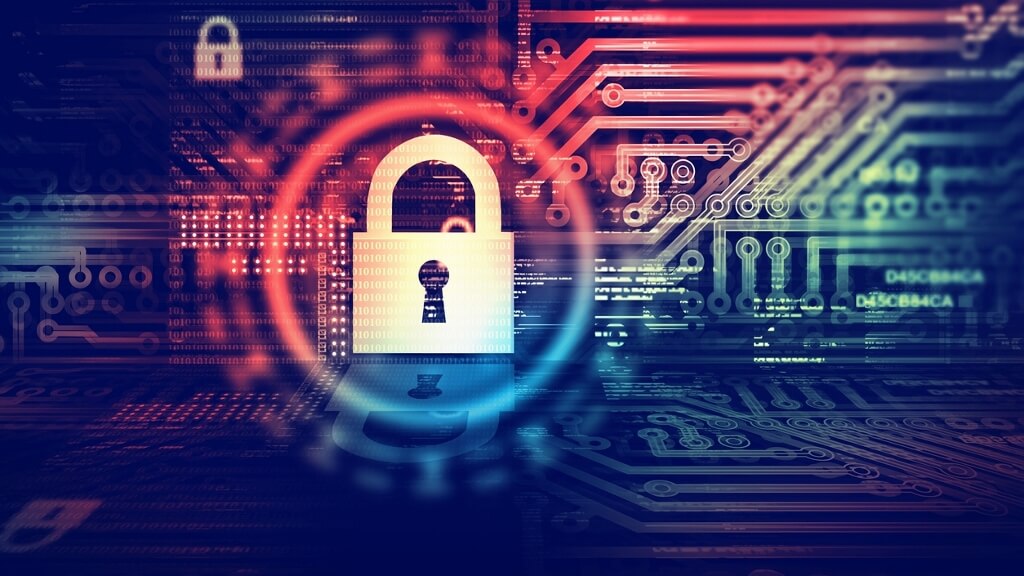
Healthcare organizations, like other institutions, need security, especially for patient records. Healthcare organizations often face security threats in terms of cybercriminals, network issues, and employees who aren’t keen on their work.
The workers ought to be aware that any bit of data interference will likely cost them a lot as an organization, including loss of business, government fines, ruined organization reputation, and litigation loss.
Management of various risks calls for the adoption of multiple security measures. Proper security for healthcare organizations means guarding against obvious, hidden, and unexpected threats. True North provides a top healthcare IT service that’s worth checking out. Read through this article to learn some of the essential security tools.
Passwords
Healthcare organizations require passwords that are complex and functional. Phrases are preferable for passwords, including spaces rather than special characters. It's easier for workers to remember phrases than a mixture of characters. For example, if the term used is the name of a movie, spacing the elements of the word makes the password complex enough for hackers.
Network Segmentation
Proper enforcement of network segmentation is one of the reliable ways to minimize cybercriminals' access to a system. Healthcare workers can continue operations in case one of the segments has been compromised and is being restored.
Detection System
A detection system is set up to pick and distinguish normal and abnormal behavior. Next is to set up protocols to send signals whenever anomalies occur. A network administrator can detect when, for instance, there's a difference in the logging-in time for any of the workers so that instead of 8 am, it's several hours earlier or later.
Isolated Backup
Remote backups are significant in guarding the storehouse against cyberattacks like ransomware. Ensure that backup storage isn’t accessed similarly to file systems. Isolated data should be confirmed and verified often to remain updated. In case of a cyberattack that may affect the local backup, a healthcare organization has remote backup to fall back to.
Anti-Spam Software
Healthcare organizations are most vulnerable to cyberattacks through emails. Workers fall prey to phishing scams, providing leeway for cyber attackers to get through to an entire system. Anti-spam software can provide security by scanning attachments and other data before the end-user accesses and interacts with them. Anti-spam software curbs access to sensitive healthcare information by cyber attackers.
Next-Generation Firewalls (NGFW)
This tool comprises an enterprise firewall component, application control, and an Intrusion Prevention System (IPS) to track the presence of malware in system applications. NGFW also empowers pre-existing security systems, thus increasing functionality. Together with identifying, NGFW also blocks the various types of malware like trojan, ransomware, and worms from infecting a network.
Training
Healthcare organizations must prioritize training on cyber security measures for the workers so that it's either in-house or hired experts. Workers should be informed not to open any emails sent to them that they weren’t expecting. Once a cybercriminal gets through to an email account of any of the workers, they use the same account to send an email to another worker, and that's how patient data will be compromised in the long run.
Healthcare organizations should also have mechanisms to monitor the workers' online activities. There should also be disciplinary measures for workers who may be found at fault regarding organization data security.
Two-Factor Authentication
Two-factor authentication can be used as an alternative for passwords if they fail. It's critical in healthcare organizations for workers who access patients and other vital data in the system. A worker must enter two or more factors to authenticate themselves before accessing any network or system. A worker can’t change or add information before the two-factor authentication.
Policies For Third Parties
Healthcare organizations interact with other organizations or institutions several times as they share and receive various services, a possible way for cyber-attacks. When the organization contracts a service provider, for instance, to conduct audits, they're likely to plug their computers into the organization's network. If they’re infected with any malware, it'll find its way to the healthcare organization's data.
Third-party policies are an essential security tool for healthcare organizations in developing agreements that control their interactions with other institutions. These policies limit how much other institutions relate to healthcare organizations. Ensuring that healthcare organizations work with service providers who uphold security as part of their culture and are PCI certified is also crucial.
Conclusion
Cyber security can be a tall order for healthcare organizations, considering the magnitude of data they hold and that the threats are continuously evolving and the number is increasing. The solution for healthcare organizations is to make security a priority by investing in technology that’ll effectively support them.
Thanks for signing up to Minutehack alerts.
Brilliant editorials heading your way soon.
Okay, Thanks!